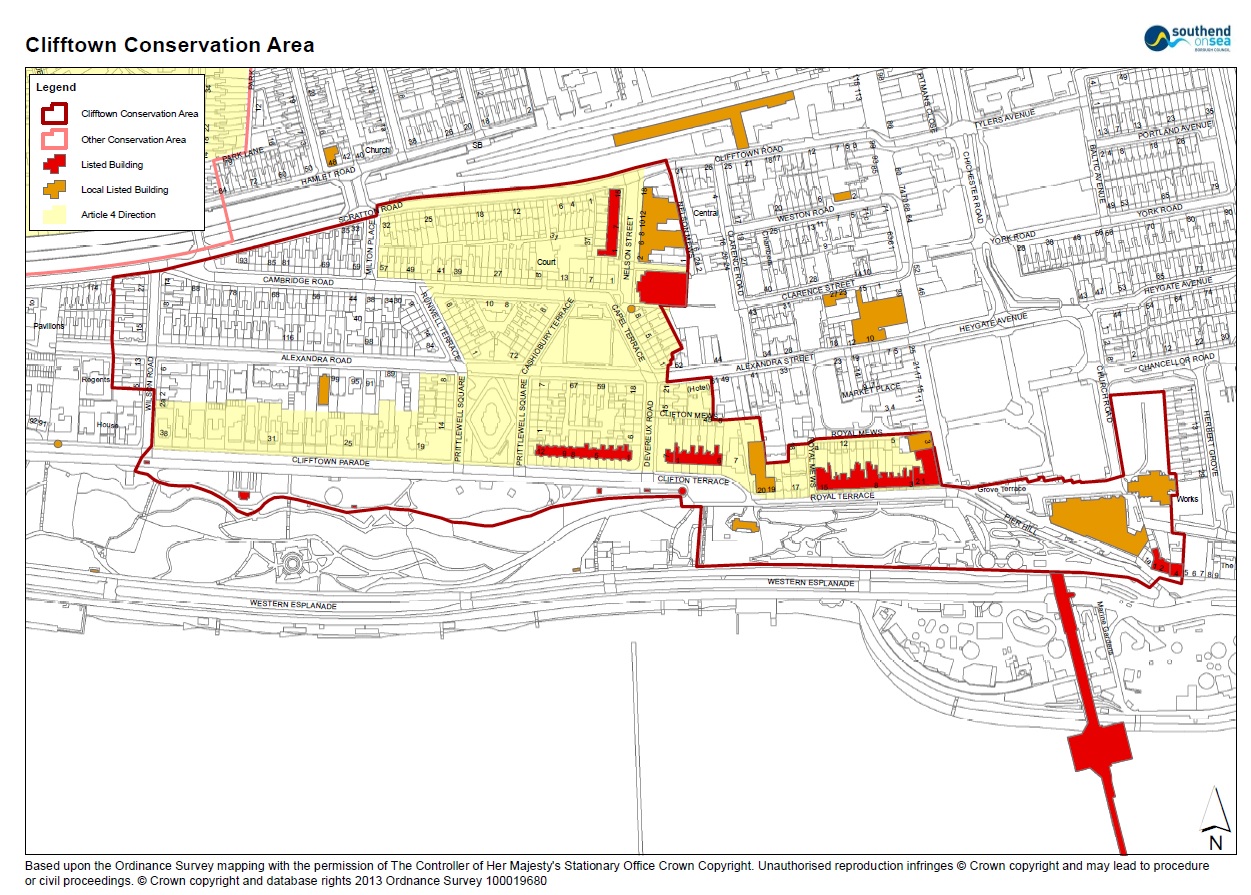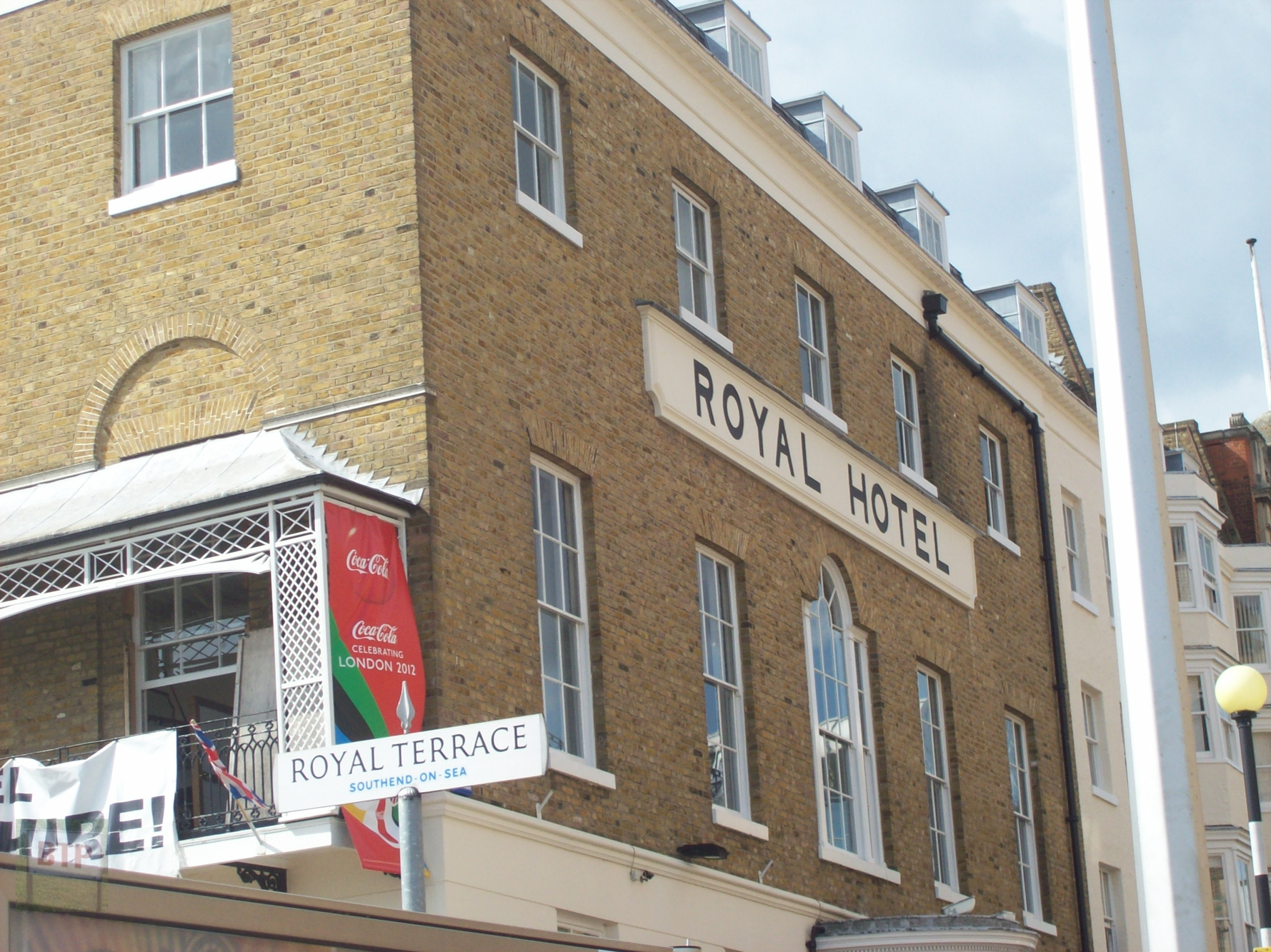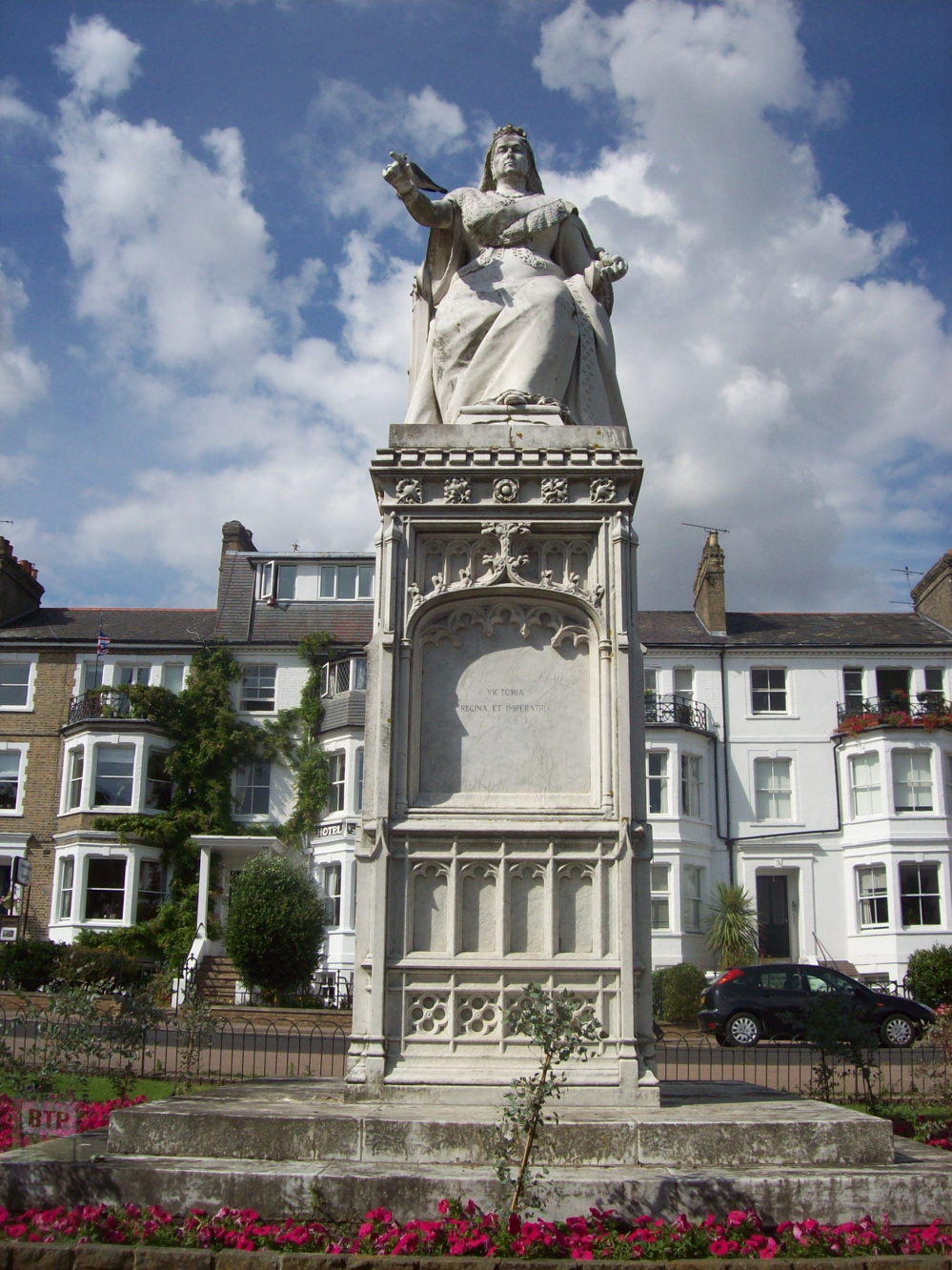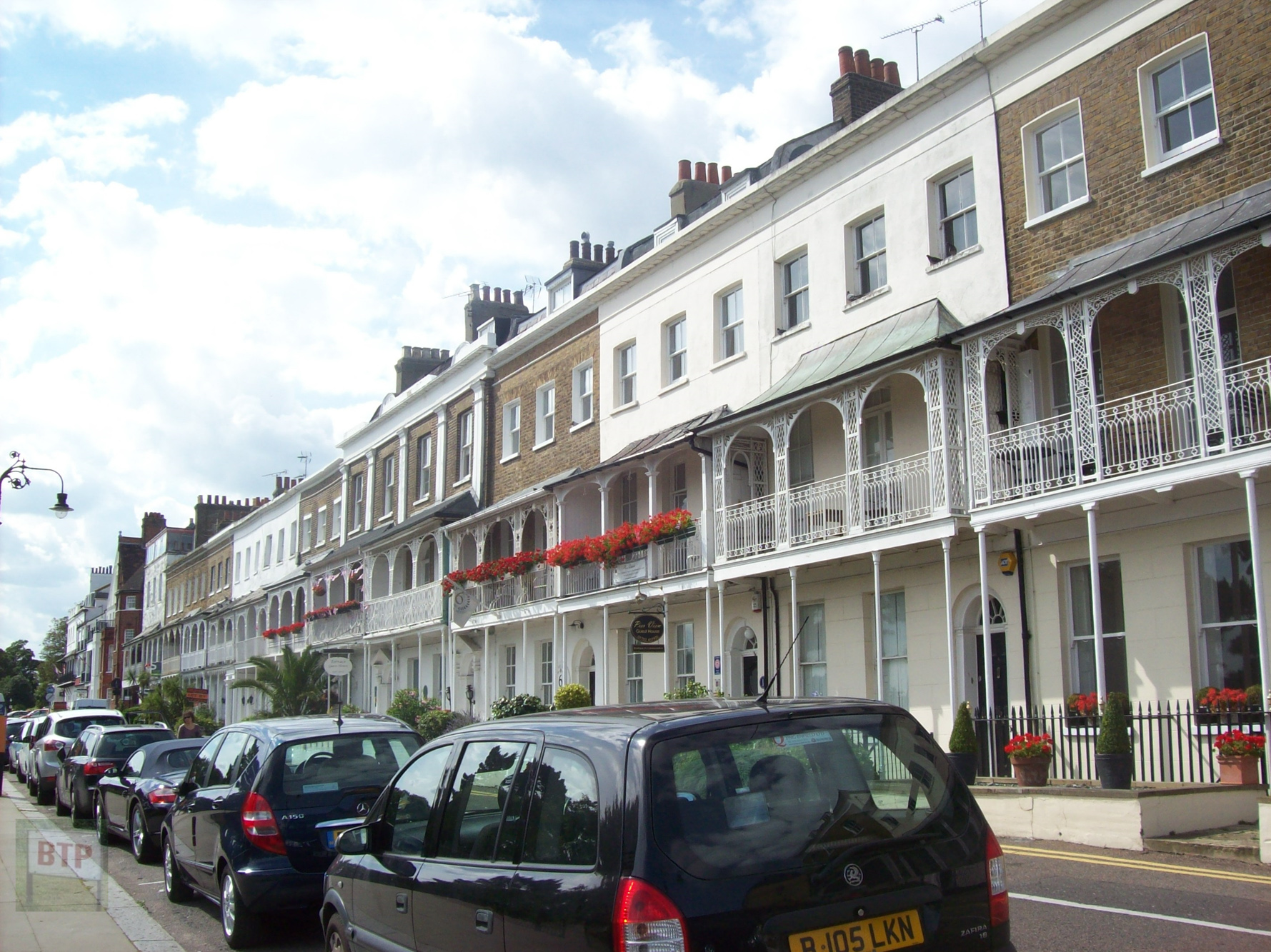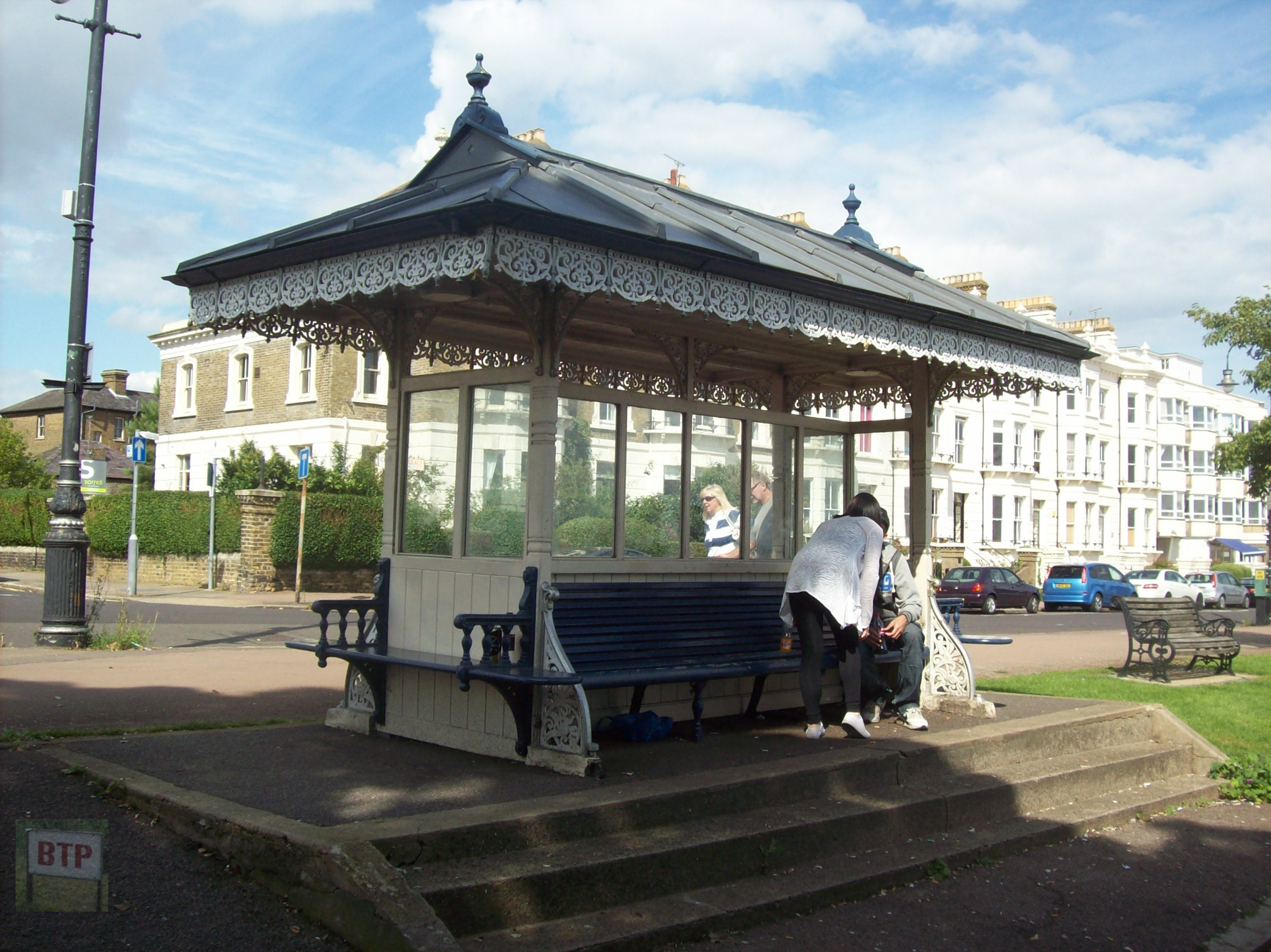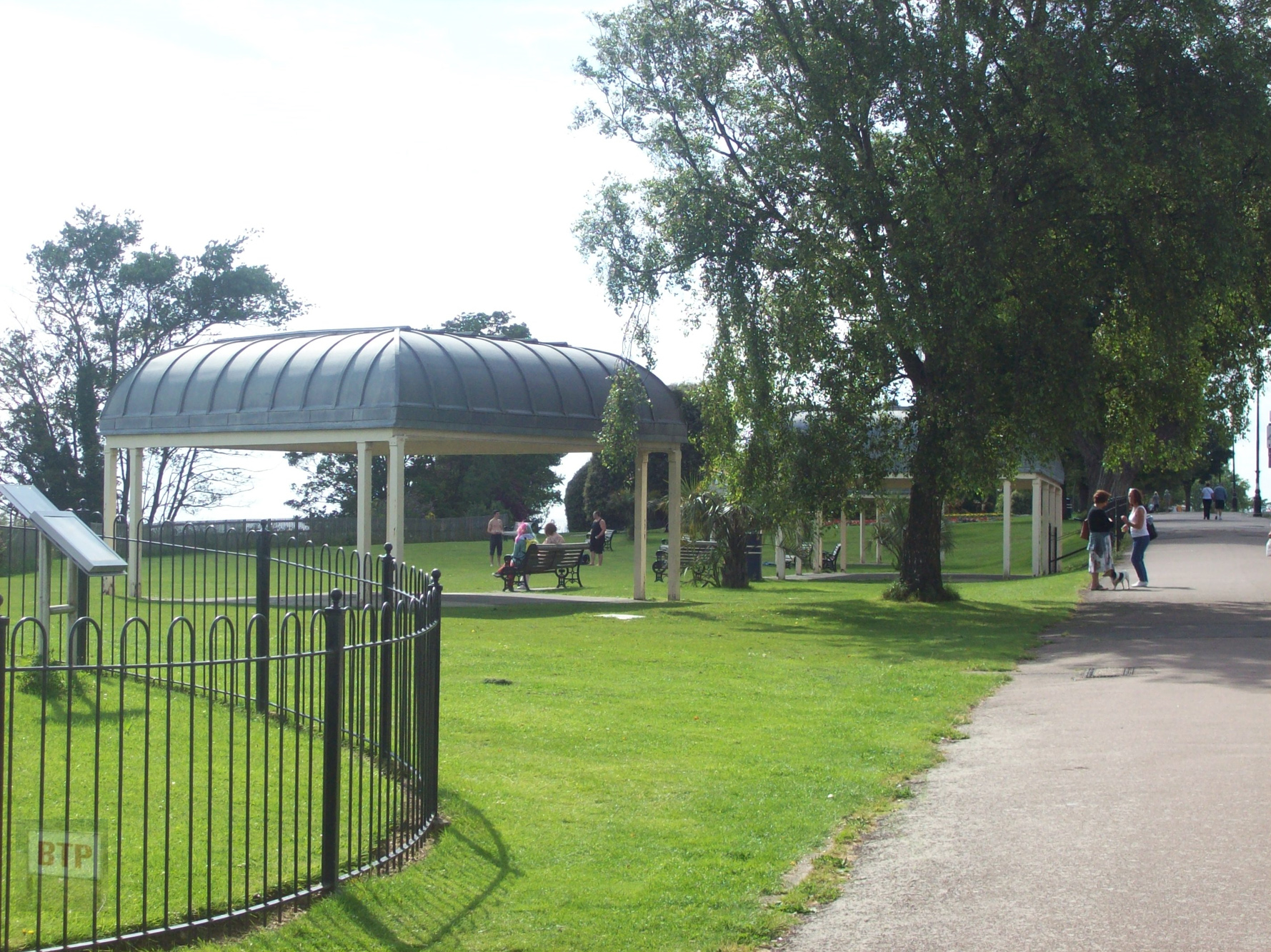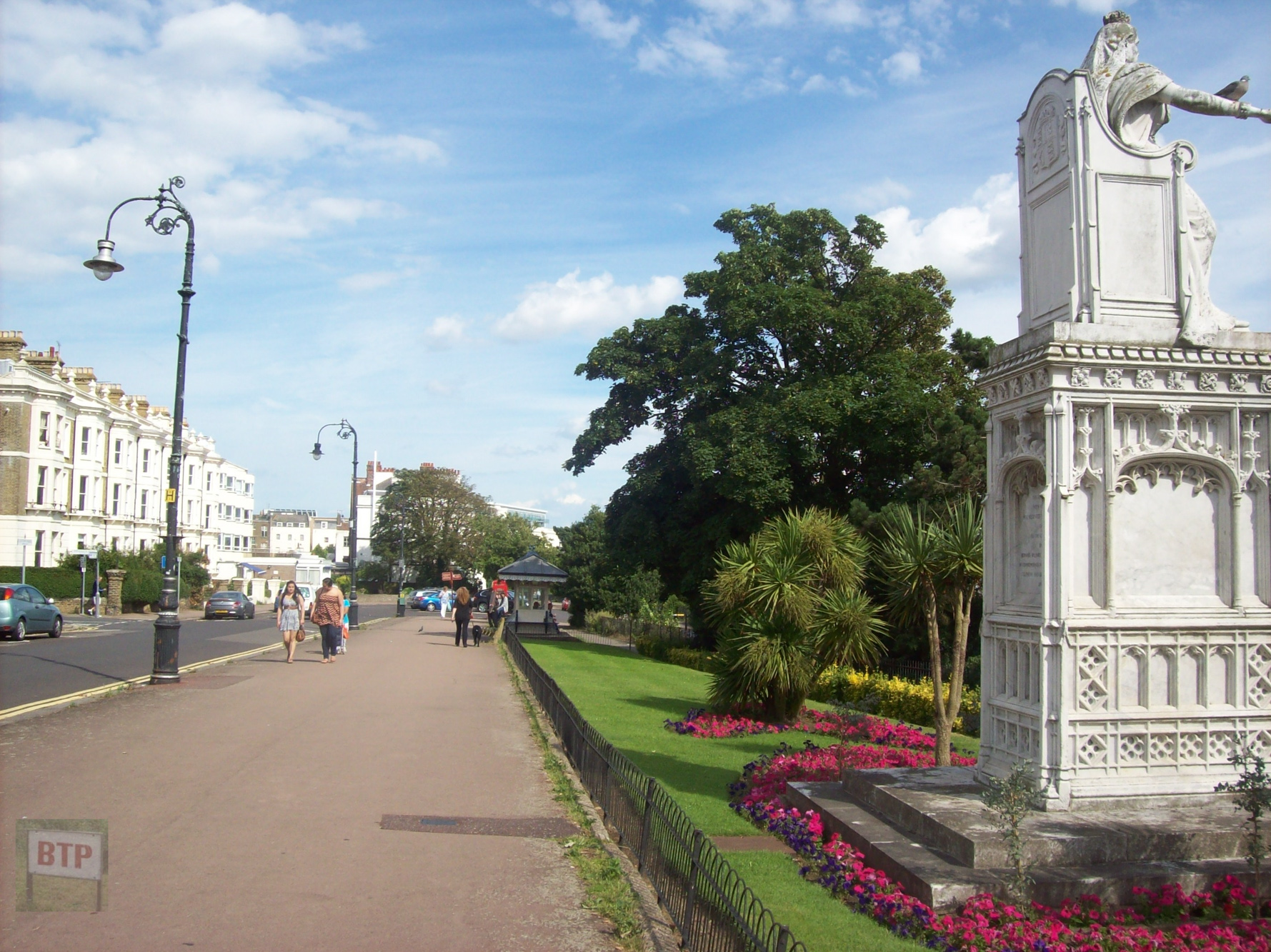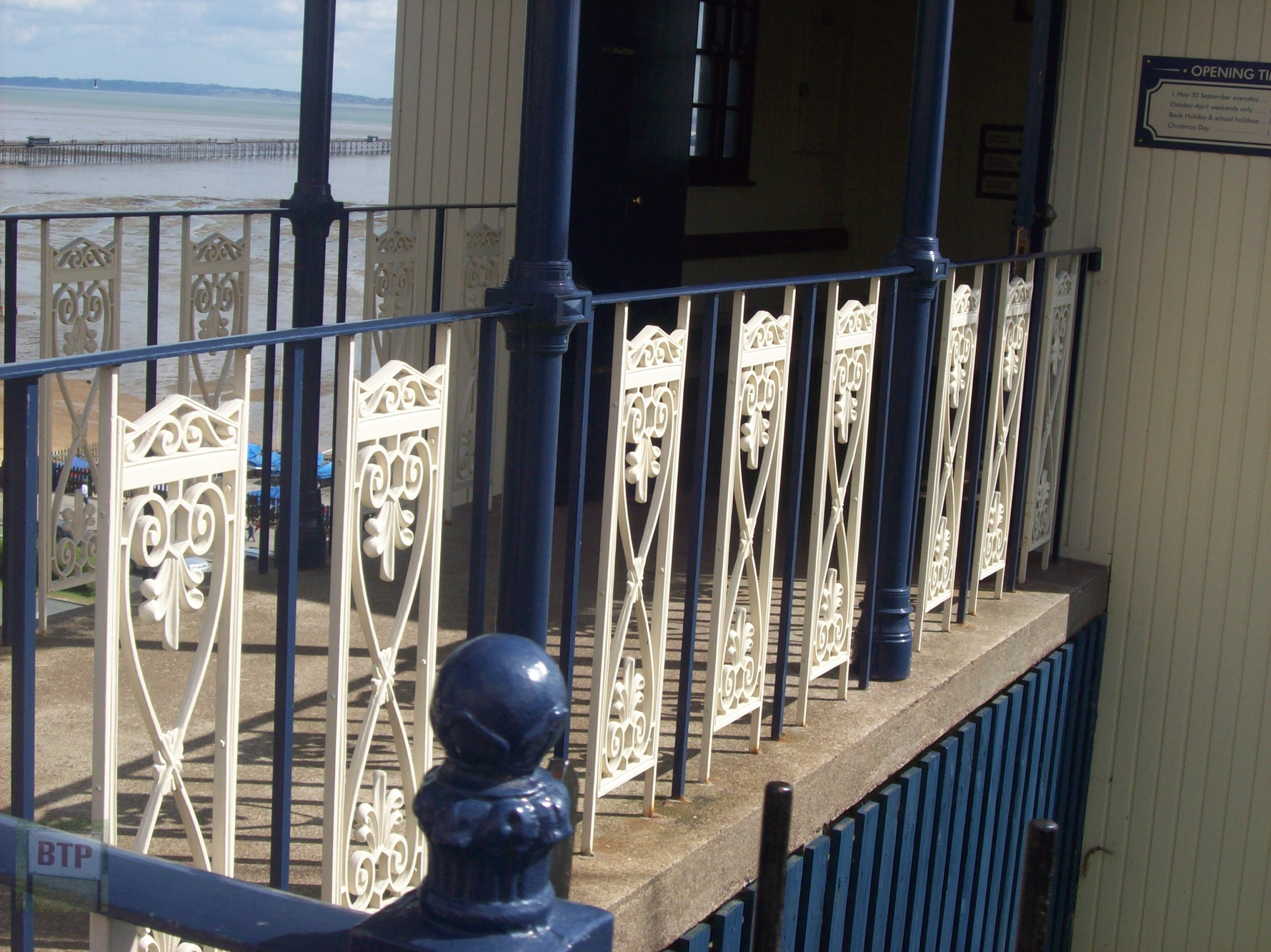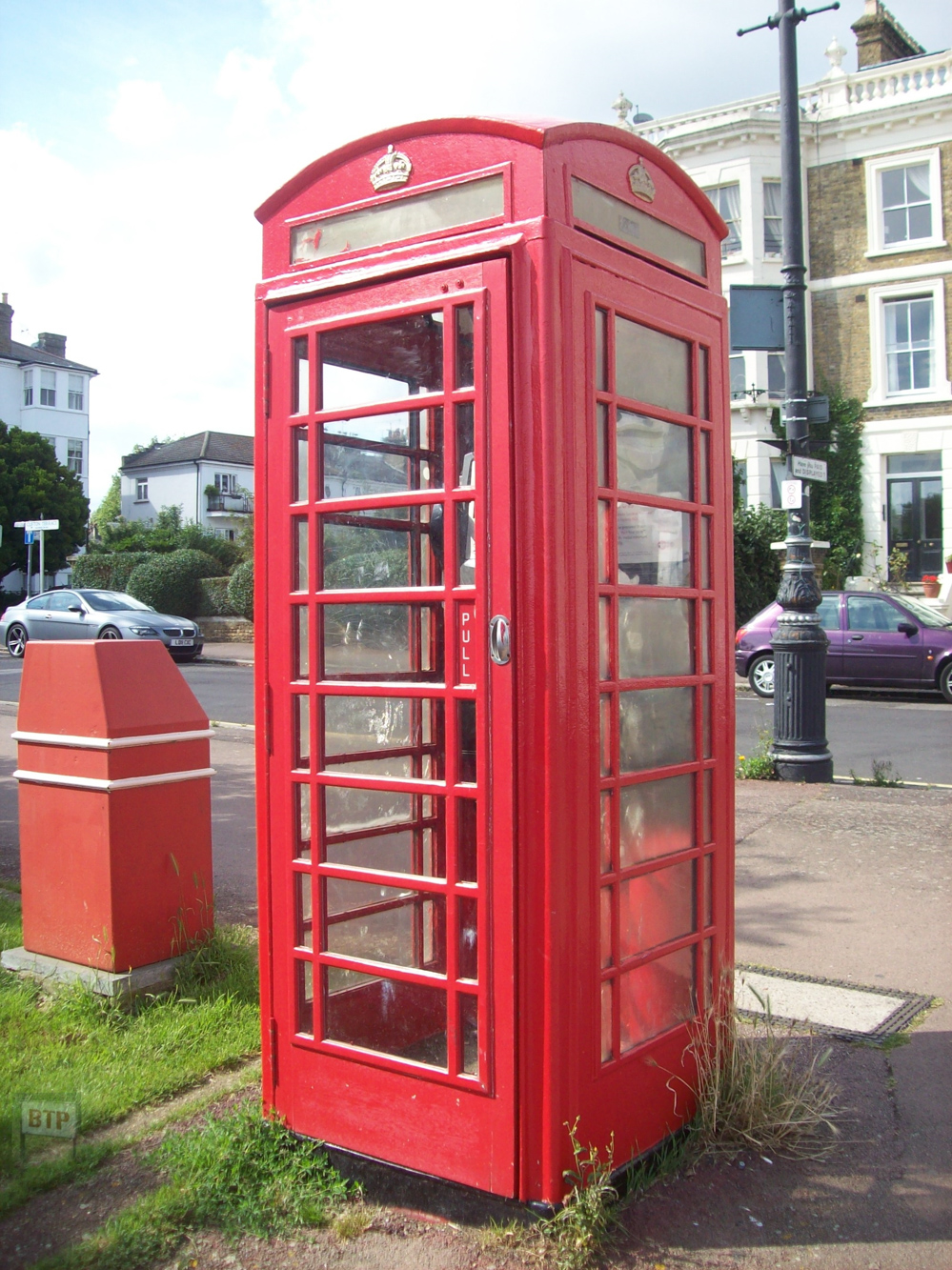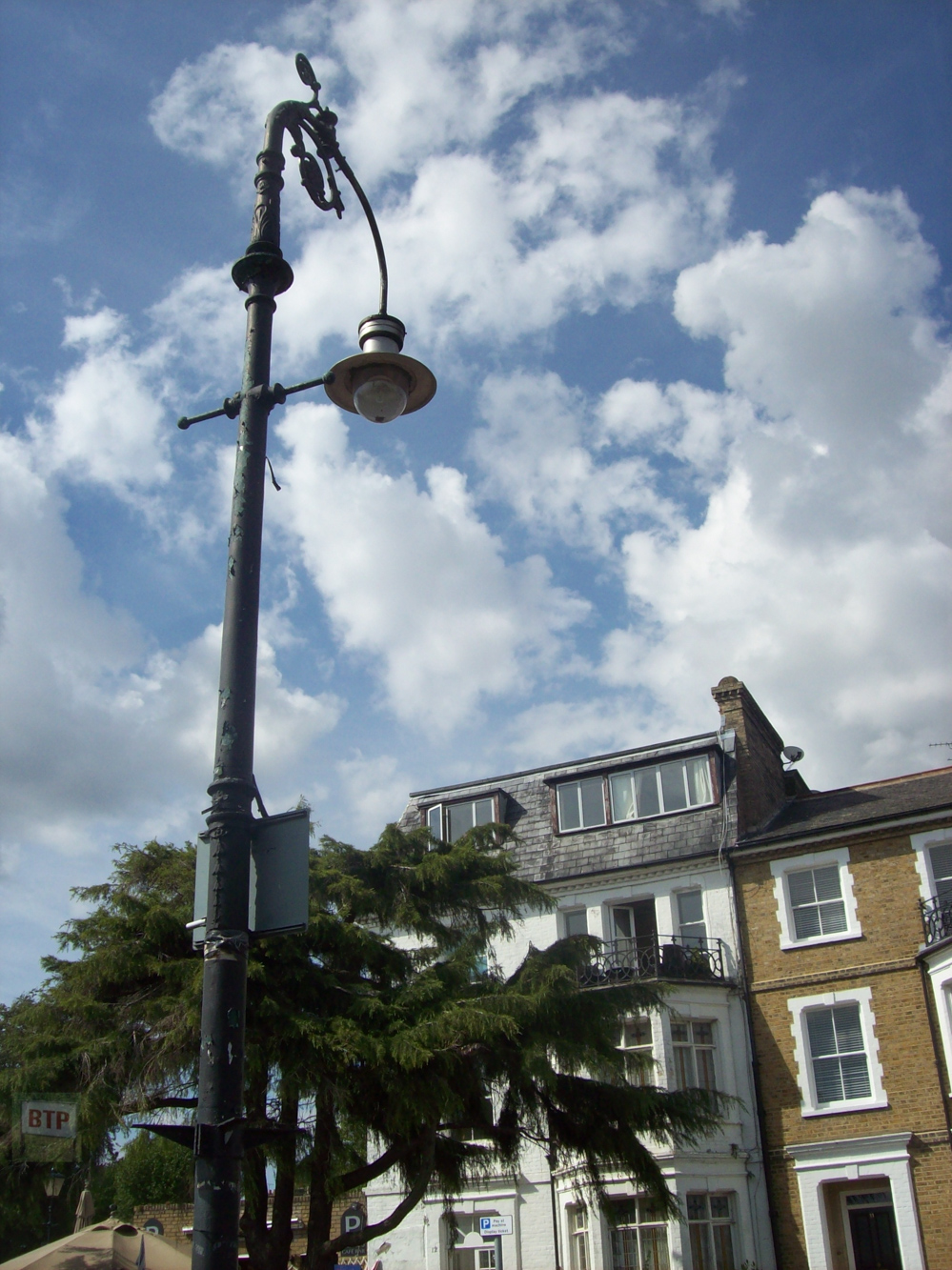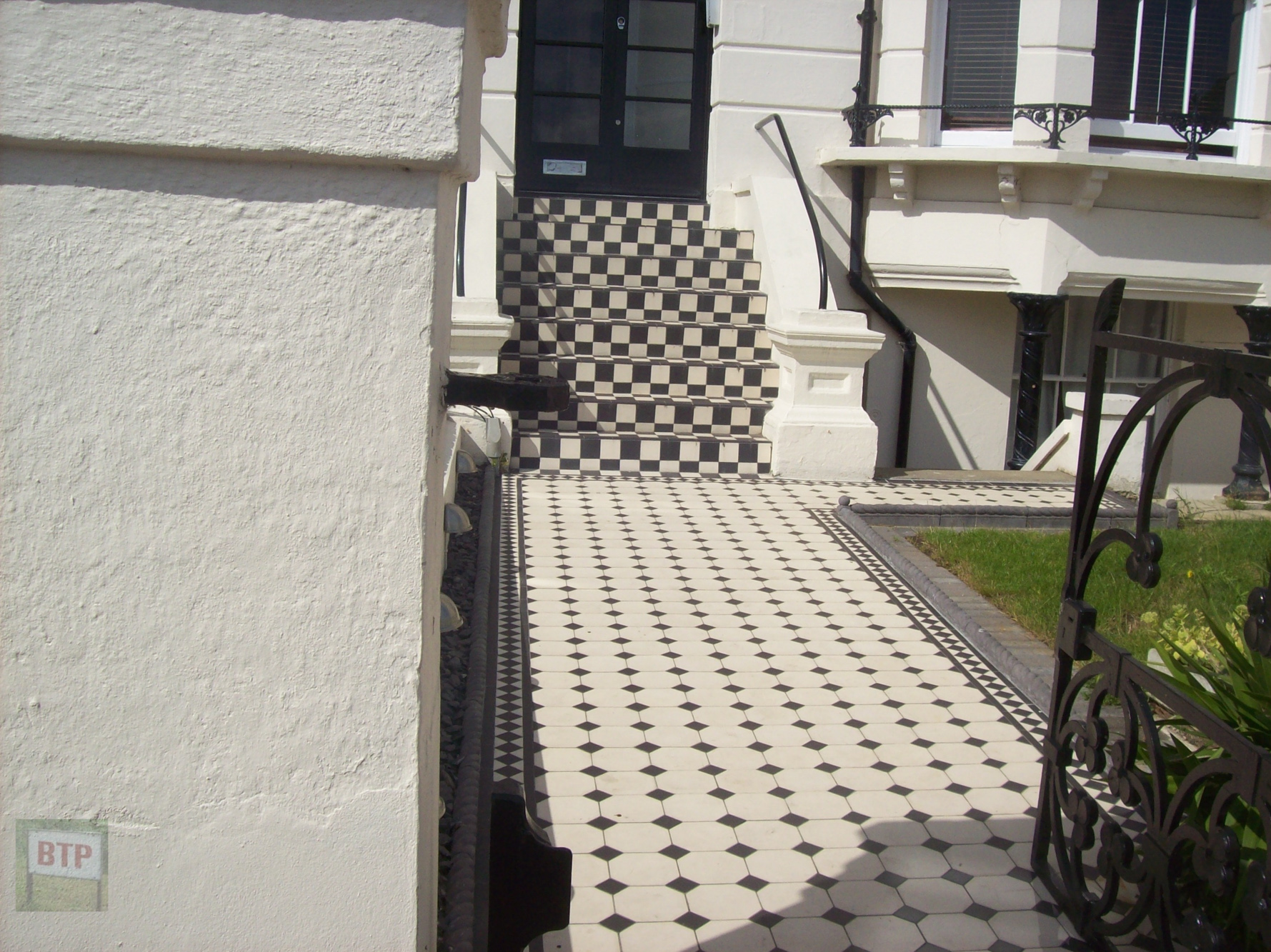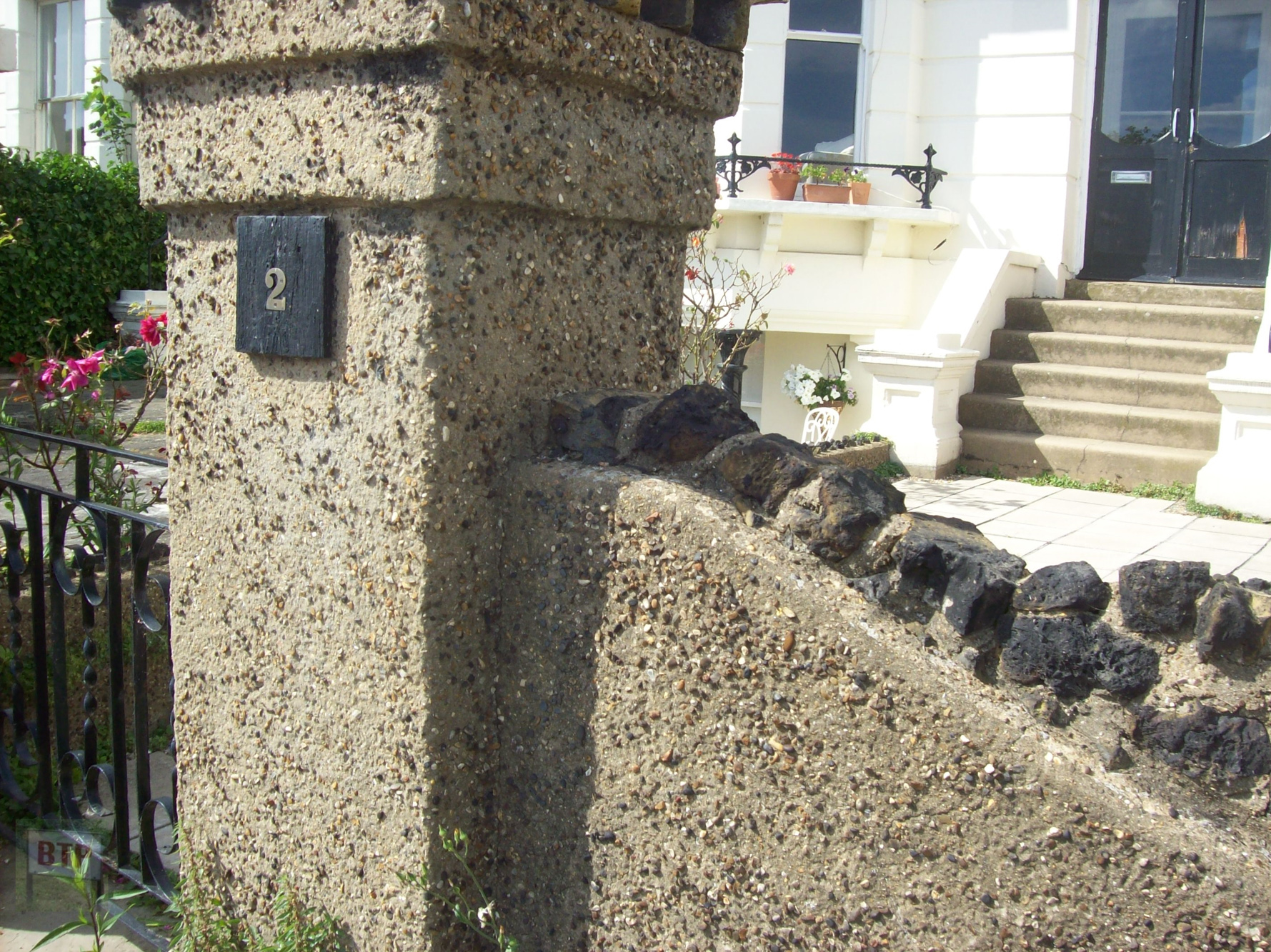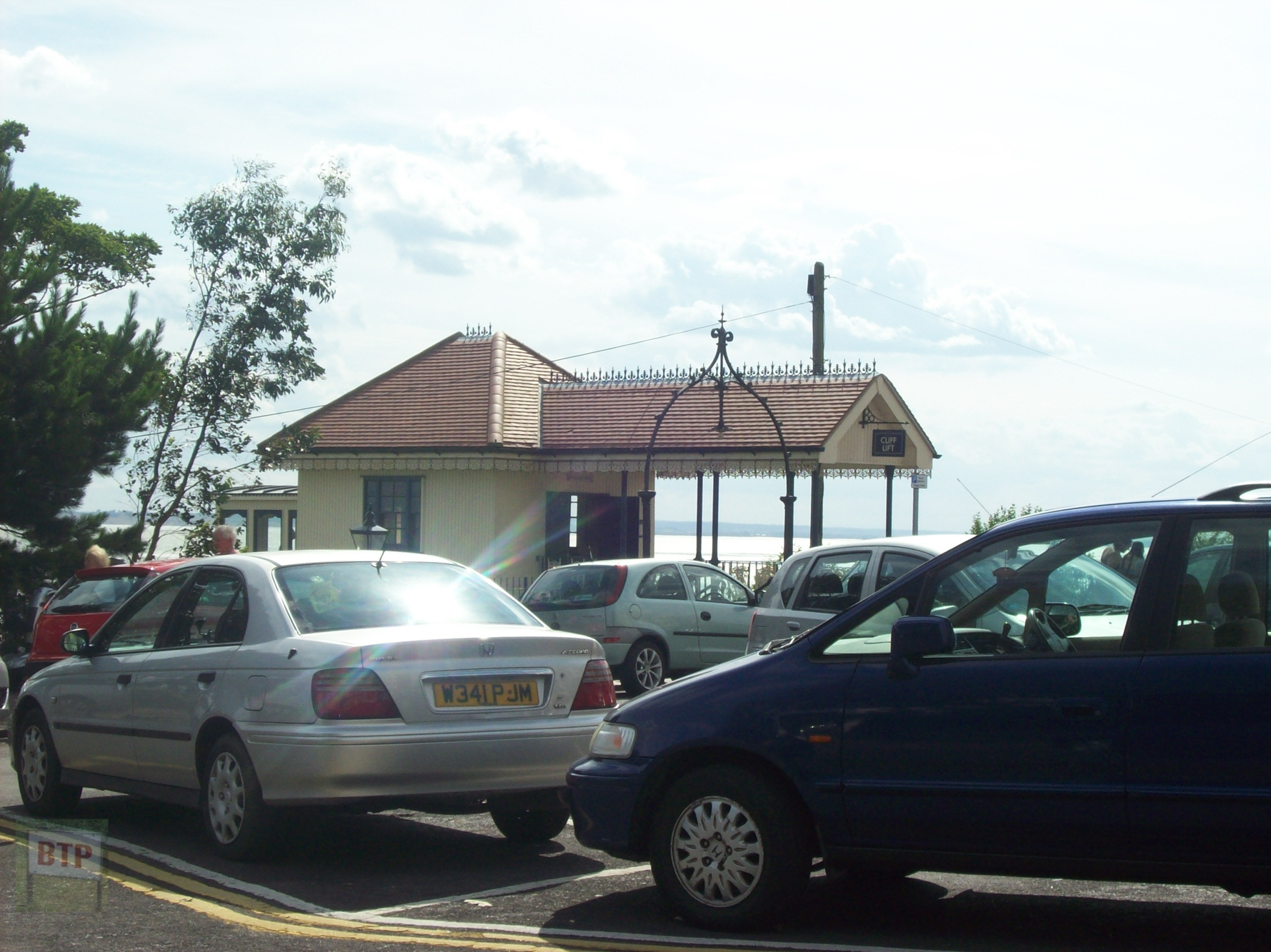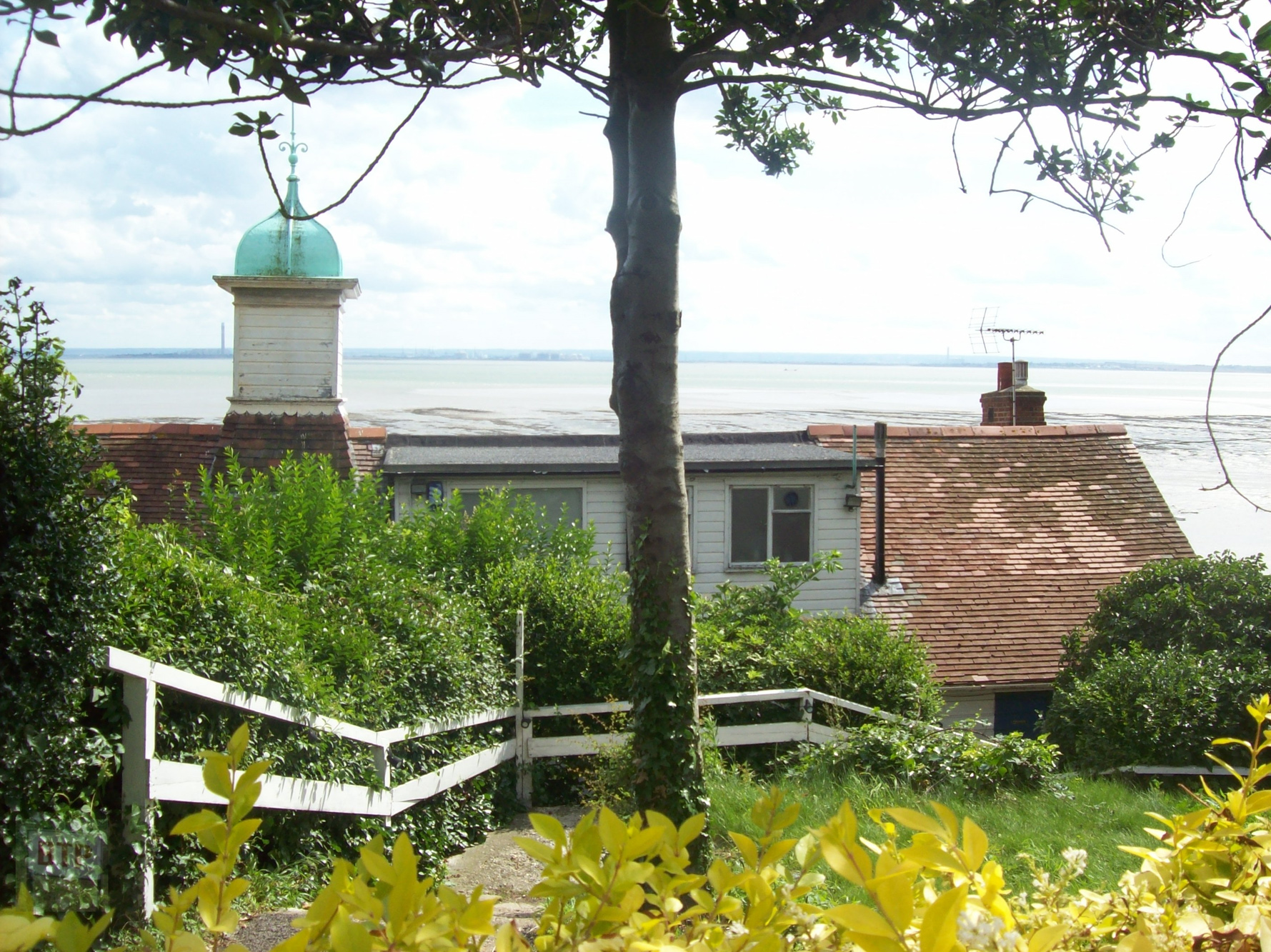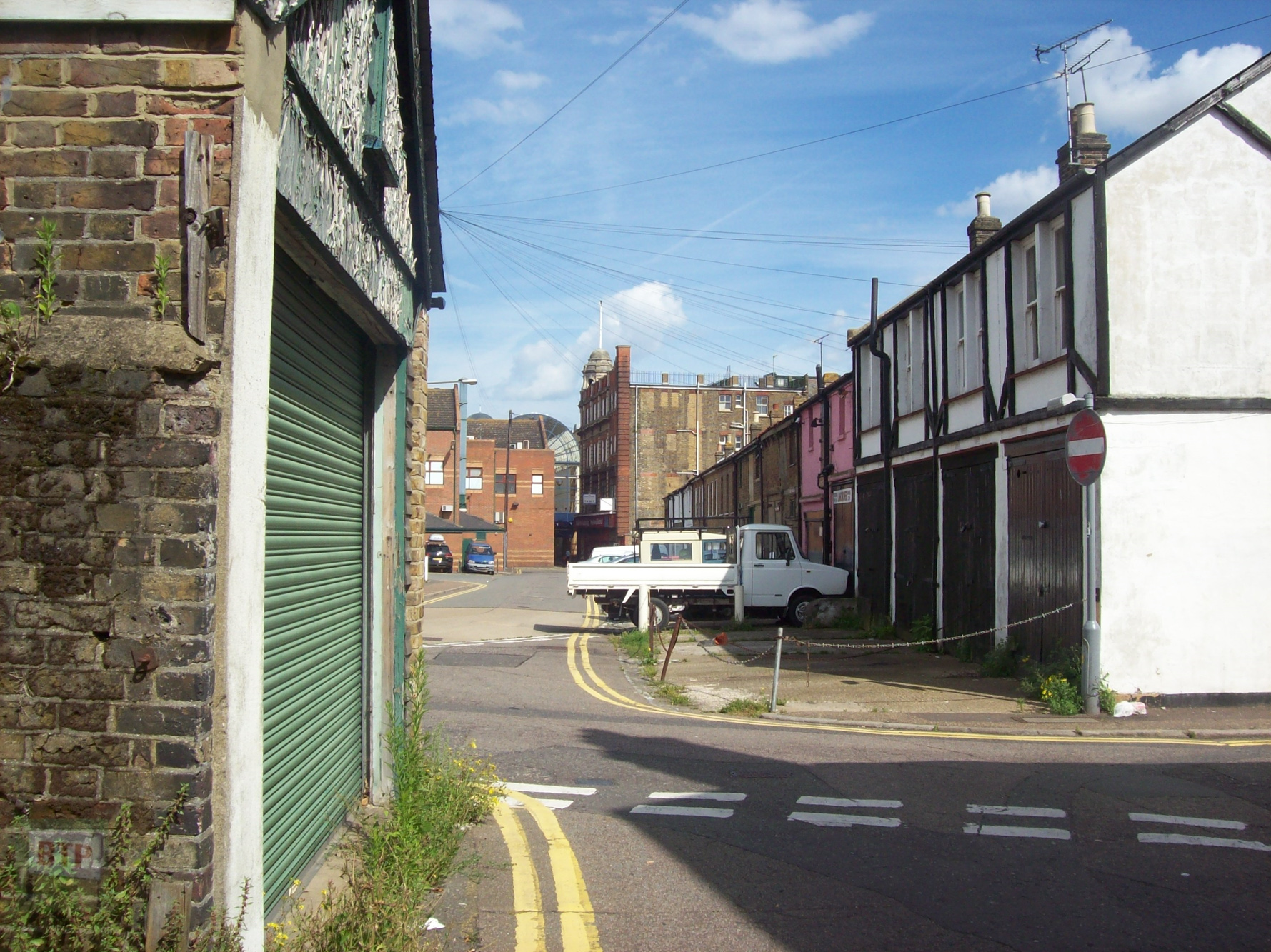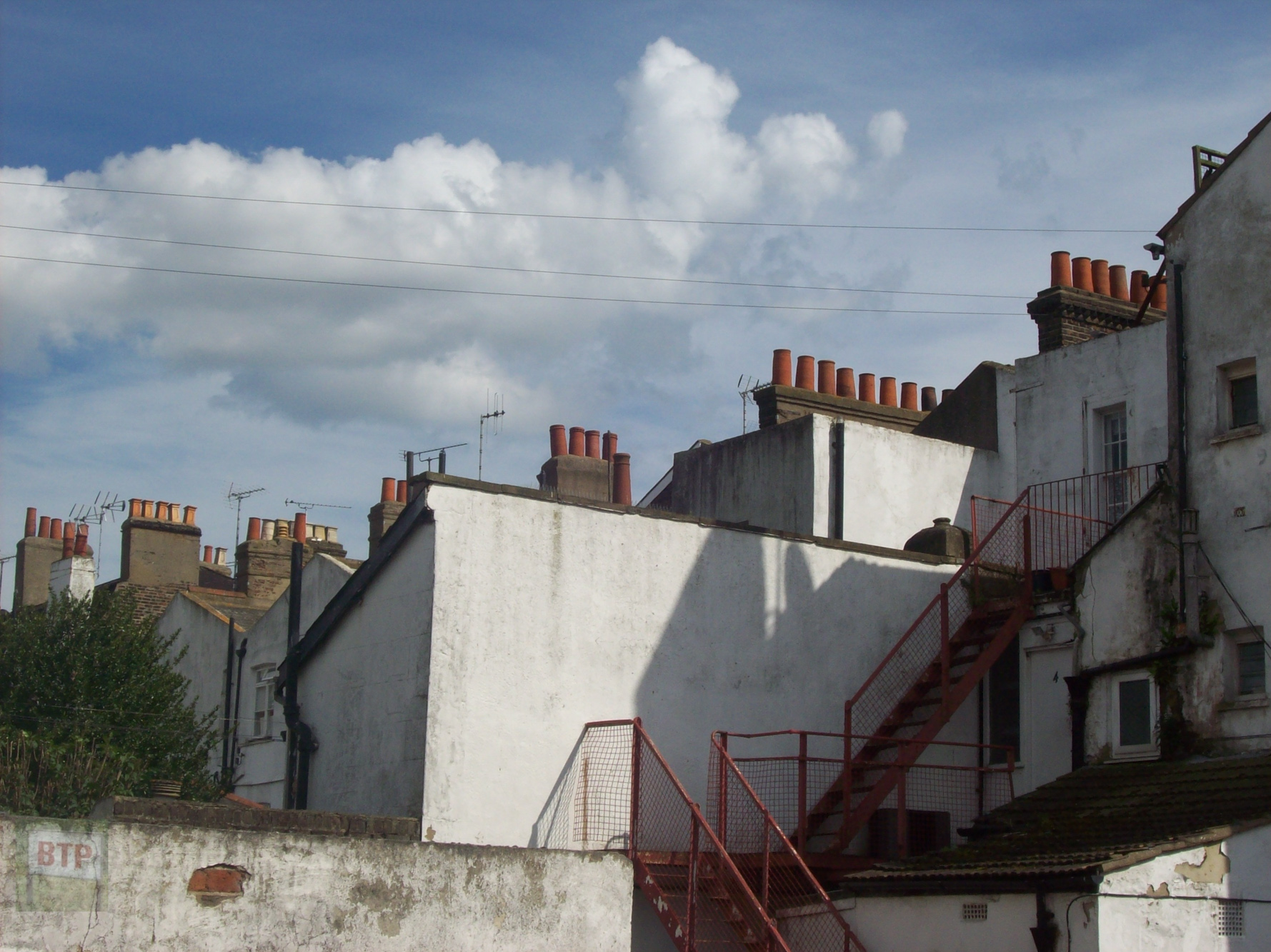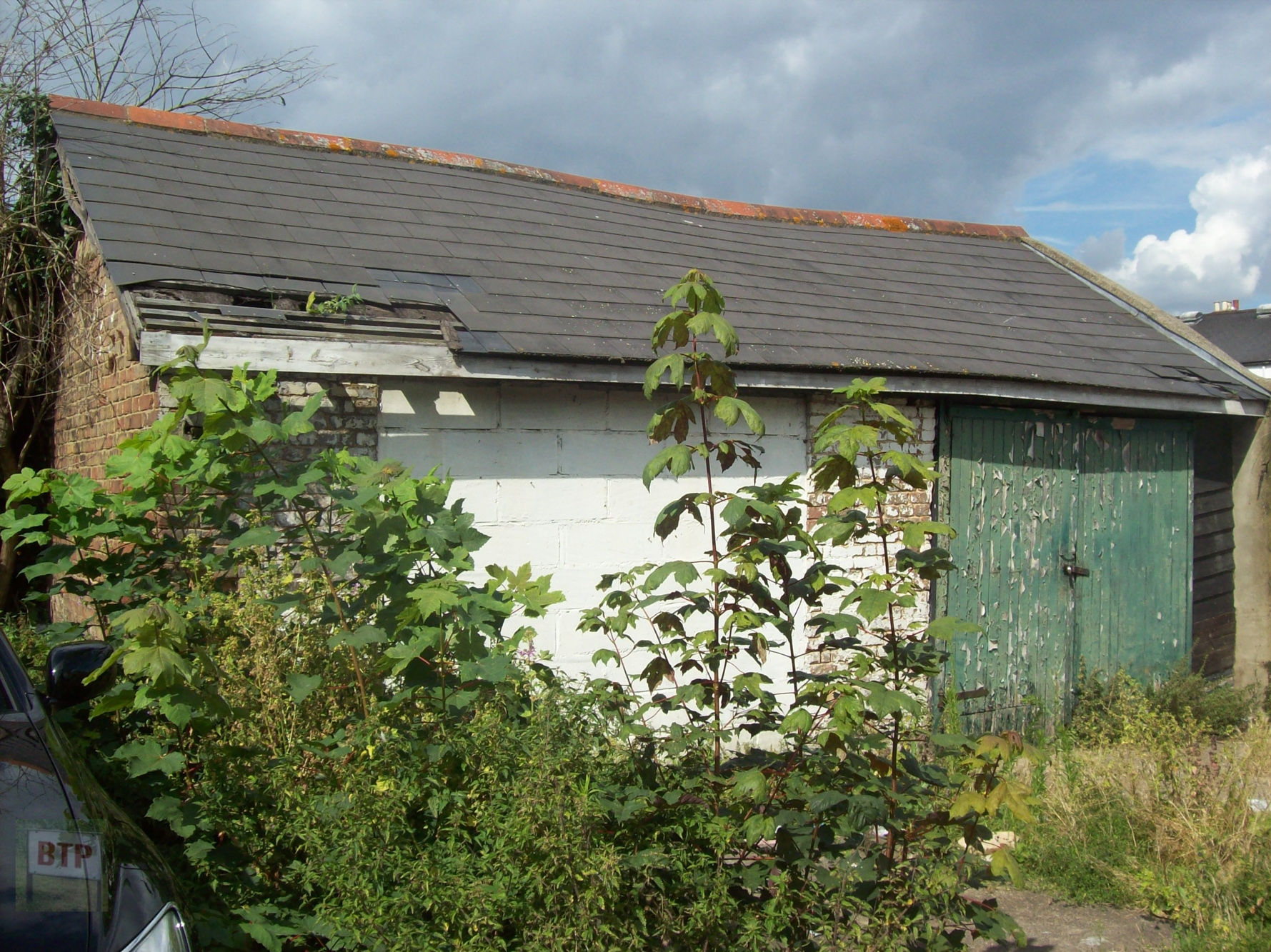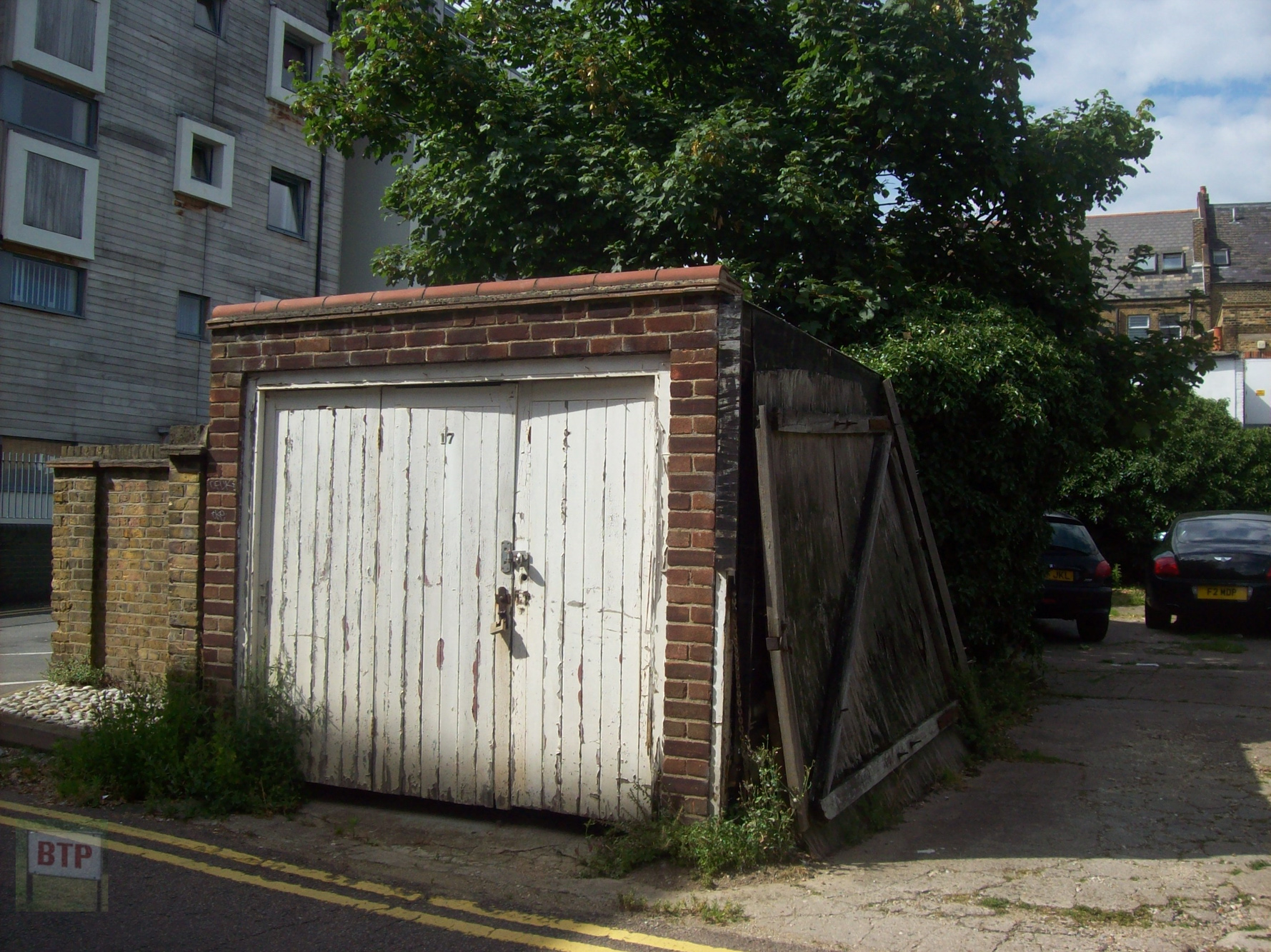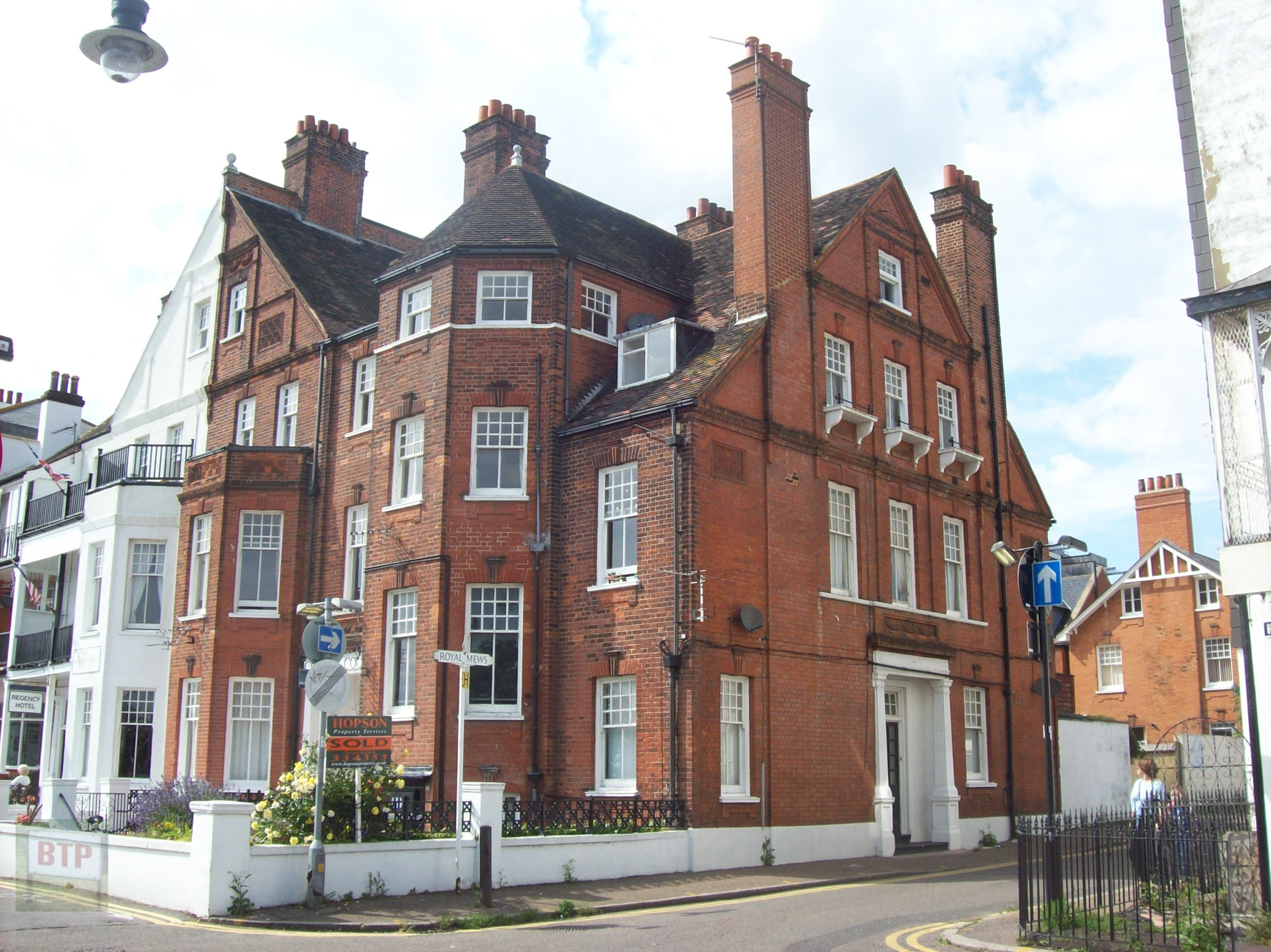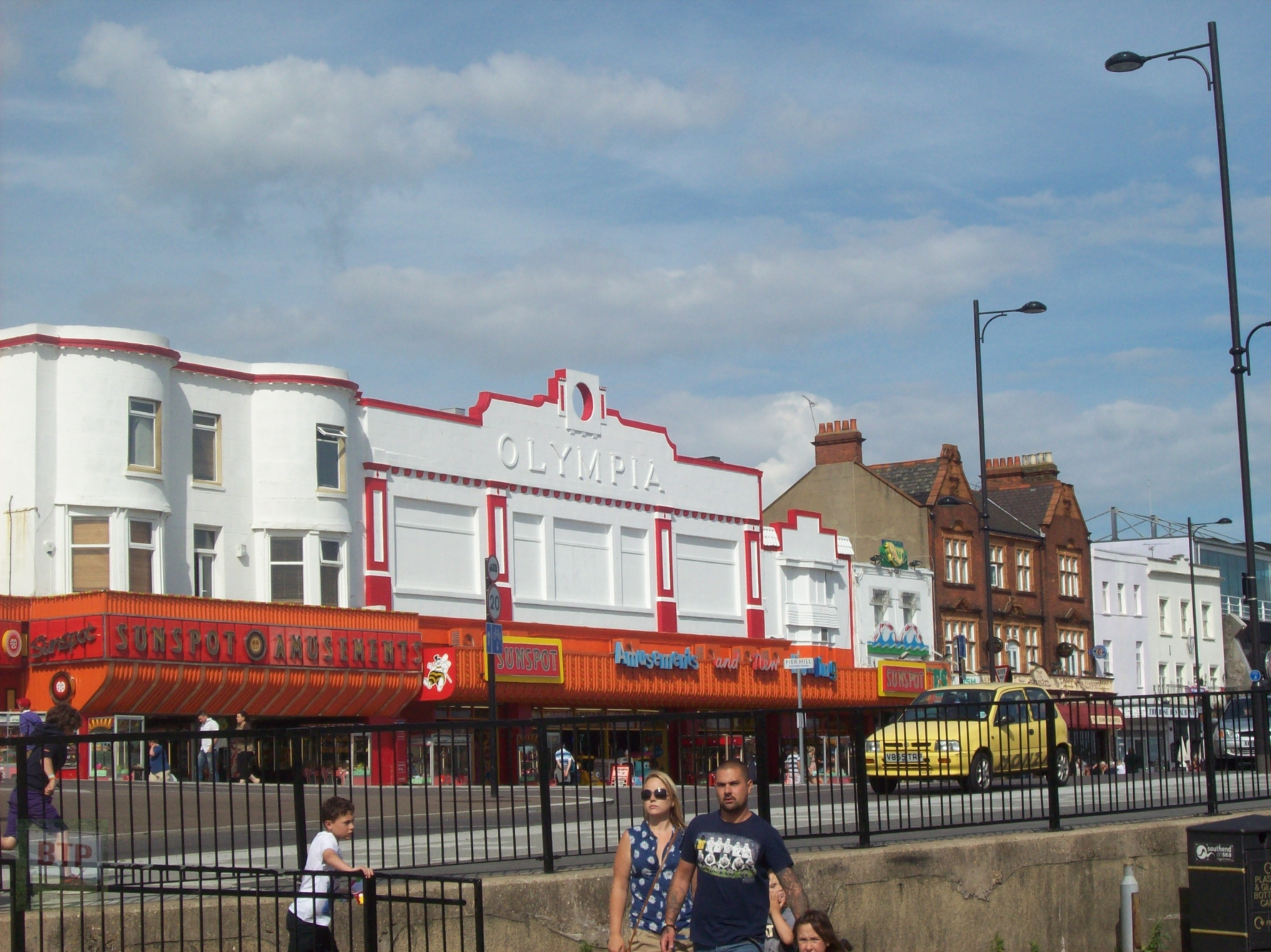1-15 Royal Terrace and the Royal Hotel were built well before the Victorian era – in the time of Georgian rule in the 1790s. Originally Southend was a place popular with fishermen, and it was not actually known as ‘Southend’ until this time when it was called ‘New South End’. Southend previously only referred to the very seaside area of the town we know today, because it was the South End of areas such as Prittlewell and Southchurch which were the original dominant names for the area we now collectively call Southend. In the Georgian era it was now gaining attention as a popular seaside resort – the fresh air and salt water was deemed to have almost magical health benefits. The Royal Terrace and Hotel got their name from visits by Princess Caroline. However because rail access did not reach Southend until 1856 when the current C2C line was built, the Royal Terrace was the only establishment built for tourism here at the time.
The photographs here were taken in 2012.
The railway linking Southend to London was completed in 1856 and hence the area developed, becoming known as ‘Cliff Town’. The railway company obtained the land from Daniel Scratton and he stated the buildings were to be of a unified mid-Victorian design. Terraced housing and even shops, such as 1-15 Nelson Street, were built under this development. Clifftown Church too was built as part of this scheme as was Clifton Terrace and Clifton Mews (stables with housing above for the horse owners). The second phase of development of Clifftown was built with less uniformity over design than the first. Various Victorian and Edwardian buildings were built under this expansion. The late Victorian cliff gardens and promenade with bandstand and war memorial were emplaced around this time as probably was the cliff lift. This area was intended to be for the personal enjoyment of visitors and residents. Several sheds remain today behind the terraces but their origin is unlcear – photographs are included anyway as they are likely to date anytime from the Victorian era up until the pre-war era.
